Palermo
Detail
Date of first edition: 1588
Date of this map: 1588
Dimensions (not including margins): 49,5 x 32,6 cm
Dimensions (including margins): 54,5 x 40,8 cm
Condition: Very good, sharp copper engraving. Strong paper and wide margins.
Condition rating: A+
Verso: text in French
Map references: Taschen, Br. Hog. p. 338
From: Civitates Orbis Terrarum: Liber quartus Urbium Praecipuarum totius Mundi. Cologne, 1588-97. Koeman, B&H4; Van der Krogt 4, 41:1.4
In stock
Palermo commented by Braun
“Then, on the highest point in the city to the west, is a splendid castle, called the Palace of the Norman Kings (72). It is built of vast hewn stones, in many places with Parian marble, and is also very ornately embellished with gold and pearls. To the right of its entrance is the church of St Peter, built by Roger, King of Sicily, which, because of its beauty and the exquisiteness of its decoration, surpasses all other extant Italian churches in our day, be they old or new, and, therefore, is visited by everyone with great admiration and great pleasure, both those who are wise, good and learned as well as the bad and the uninstructed, who live in Palermo or are merely visiting.”
TRANSLATION OF CARTOUCHE TEXT: Palermo, capital and largest city in the Kingdom of Sicily, famed trading centre.
Taschen on Palermo
The port city is seen here from the northeast from bird’s-eye perspective . Situated in a fertile plain in the midst of lemon and orange groves, it is secured against attack by what were then state-of-the-art fortifications. Palermo is represented as a major port, with the Old Town harbour and the large new port, in which galleys lie at anchor, their oars in a stationary position. Founded by the Phoenicians and conquered by the Arabs, Palermo was one of the world’s largest cities from the 10th to the 11th century. Apart from a maze of alleys, no trace of Arab rule remains. After the Norman conquest (1072) the city flourished in the 12th century as the capital of the Kingdom of Sicily and experienced its heyday under Frederick II, the Holy Roman Emperor. The 9th-century summer seat of the Emir of Palermo was converted into the Norman palace (72) in the 12th century. Palermo then diminished in importance under changing rule. Today it is the capital of the Italian province and autonomous region of Sicily.
Related items
-

Strait of Messina
by Georg Braun and Frans HogenbergPrice (without VAT, possibly to be added): €1 300,00 / $1 443,00 / £1 157,00 -

Naples – Elegantissimus ad Mare Tyrrhenum ex Monte Pausilipo Neapolis Montisque Vesuvius Prospectus,
by Georg Braun and Frans HogenbergPrice (without VAT, possibly to be added): €1 100,00 / $1 221,00 / £979,00
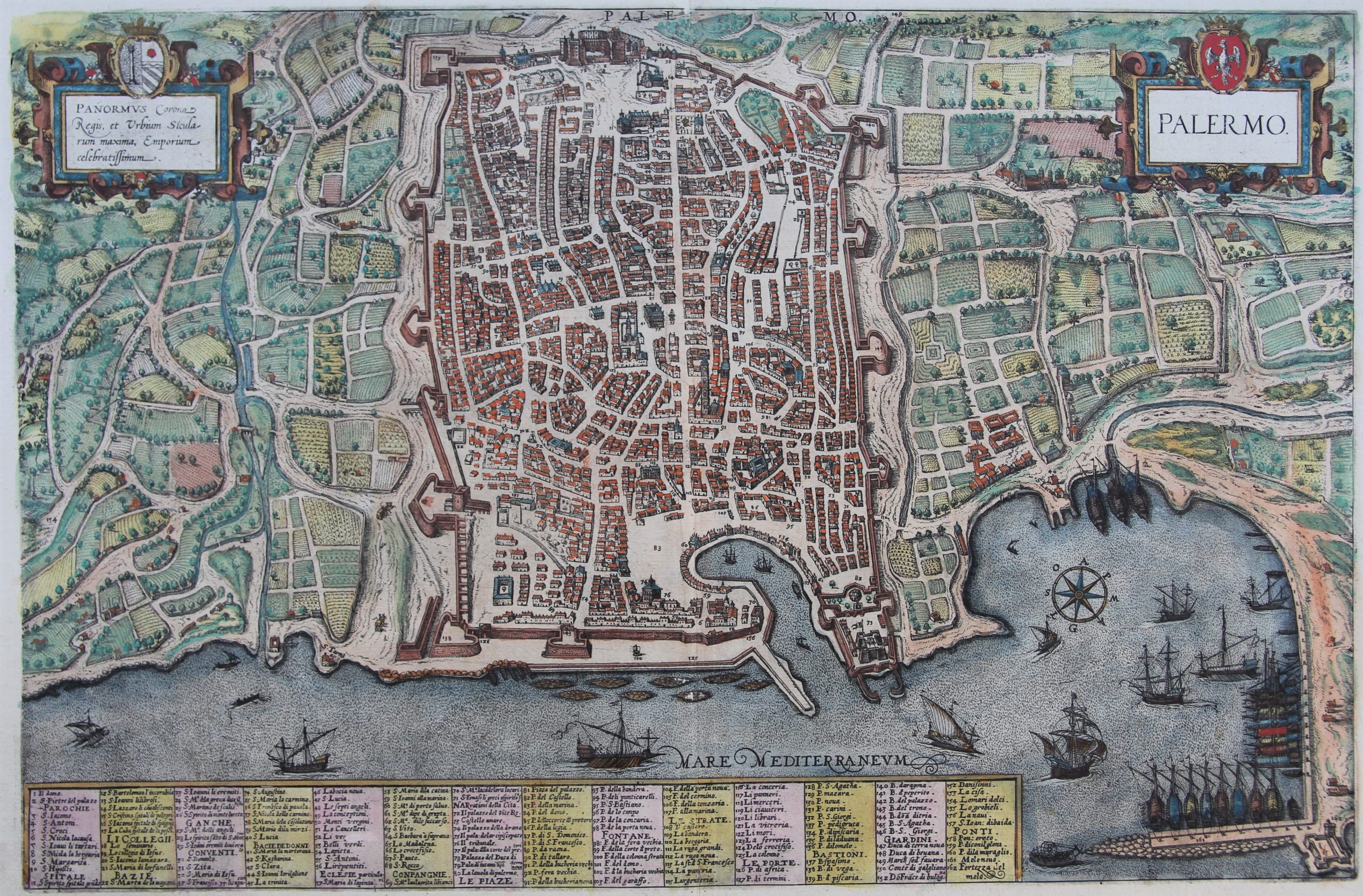
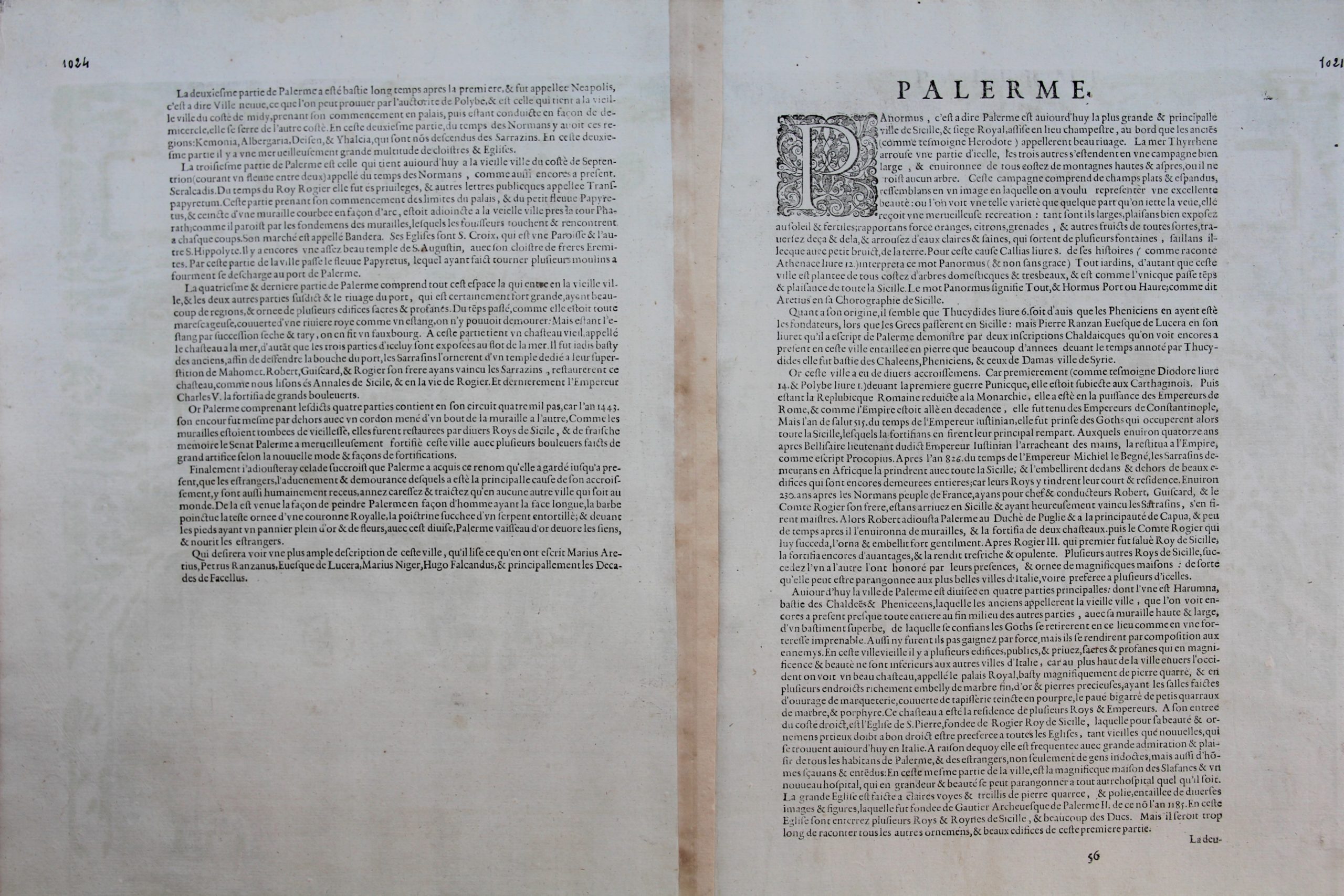
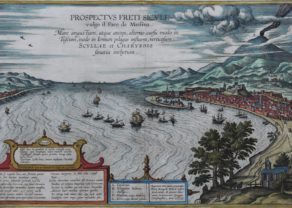
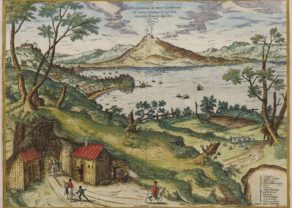
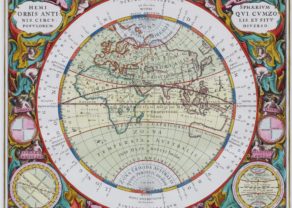
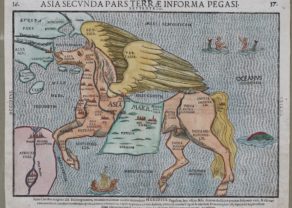
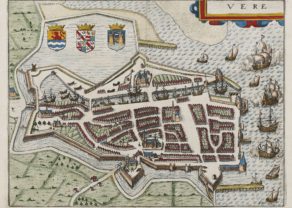
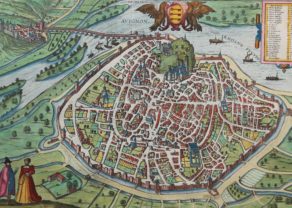
Palermo
A ‘map-view’ of Palermo, with the major buildings shown in profile, and an extensive key in Italian underneath. It is a faithful copy of the plan by Prester Horatio Maioc, engraved by Claudio Duchetti in Rome, 1580: even the compass rose cardinals have the Italian abbreviations.